 1976 Opel Ascona B Dimensions, Size & Specs
1976 Opel Ascona B Dimensions, Size & SpecsMeasurements of the 1976 Opel Ascona B, engineered for optimal performance and comfort
| Dimensions | |
|---|---|
| Length: | 4321 mm170.1 in14.2 ft |
| Width: | 1670 mm65.7 in5.5 ft |
| Height: | 1380 mm54.3 in4.5 ft |
| Ground Clearance: | 130 mm5.1 in0.4 ft |
| Trunk Capacity: | 380 liter13.4 cu ft |
| Weight Specifications | |
| Curb Weight: | 895-1060 kg1973-2337 lbs |
| Maximal permitted Weight: | 1320-1500 kg2910-3307 lbs |
The Opel Ascona B, produced from 1975 to 1979, represents a key generation of Opel's popular Ascona model line. As a compact sedan, the Ascona B stands out with its balanced dimensions and practical design tailored to the mid-1970s automotive market. It measures 4321 mm (170.1 inches) in length, which positions it comfortably within the compact car category of its era. The width is 1670 mm (65.7 inches), allowing for a stable and well-proportioned stance on the road, while its height of 1380 mm (54.3 inches) ensures a low, aerodynamic profile enhancing driving dynamics. The ride height or ground clearance is set at 130 mm (5.1 inches), providing sufficient clearance for typical road conditions without compromising handling. Regarding weight, the Ascona B varies between 895 kg to 1060 kg (1974 to 2337 lbs) in curb weight depending on specific configurations, with a maximum permissible weight ranging from 1320 kg to 1500 kg (2910 to 3307 lbs). This weight profile supports efficient fuel consumption alongside nimble driving characteristics. For practical usage, the Opel Ascona B offers a luggage capacity of 380 liters (13.4 cubic feet), enabling convenient cargo storage for everyday needs or travel. As a vehicle designed in the mid-70s, the Ascona B combines a sleek yet functional sedan form with dimensions and weights that mark it as a competent contender in compact family cars of its time. It remains a noteworthy classic among Opel enthusiasts and collectors who appreciate its blend of utility, size, and period-specific engineering.
Discover the standout features that make the 1976 Opel Ascona B a leader in its class
Have a question? Please check our knowledgebase first.
The Opel Ascona B, produced from 1975 to 1979, features a compact sedan body style with a length of 4321 mm (approximately 170.2 inches), a width of 1670 mm (around 65.7 inches), and a height of 1380 mm (54.3 inches). These dimensions position the Ascona B comfortably within the compact family car segment, offering a balanced profile that ensures practicality while maintaining classic styling cues of the era.
The Opel Ascona B has a curb weight ranging from 895 kilograms to 1060 kilograms (1974 to 2337 pounds), depending on the specific version and equipment level. Its maximum permissible weight varies between 1320 kilograms and 1500 kilograms (2910 to 3307 pounds). These weight figures reflect its lightweight construction typical for mid-1970s compact sedans, supporting efficient handling and fuel economy.
The Opel Ascona B offers a luggage capacity of 380 liters (approximately 13.4 cubic feet). This trunk space is quite practical for an ordinary sedan in its class and era, providing enough room for daily errands, weekend trips, and moderate cargo loads, making it well-suited for family use or commuting purposes.
The Opel Ascona B has a ground clearance of 130 mm (approximately 5.1 inches). This ride height strikes a balance between sporty handling and urban practicality. While it is low enough for a stable ride and better aerodynamics, it remains sufficient to handle typical road obstacles like speed bumps and uneven surfaces in everyday driving environments without frequent undercarriage impacts.
Yes, the Opel Ascona B fits comfortably into a standard single-car garage. With a length of 4321 mm (170.2 inches) and a width of 1670 mm (65.7 inches), the car's compact dimensions allow easy maneuvering and parking inside most garages which typically measure around 2400 mm (7.87 feet) in width and 4800 mm (15.75 feet) in length or larger. Owners should still ensure clearance space for easy door opening and pedestrian access.
The Opel Ascona B, launched as the successor to the Ascona A, is slightly larger and more refined in dimensions. The Ascona B measures 4321 mm in length compared to its predecessor's approximately 4240 mm, reflecting a growth of about 8 centimeters (3.1 inches) which enhances interior space and comfort. The width of the Ascona B at 1670 mm also increased from the Ascona A, improving cabin roominess. These dimensional gains contribute to a more modern and spacious feel while maintaining the model's compact character.
In the 1970s compact sedan class, the Opel Ascona B is fairly typical in size and weight. Its length (4321 mm), width (1670 mm), and curb weight (895-1060 kg) align closely with rivals like the Ford Cortina and Volkswagen Passat of that era. Compared to those, the Ascona B offers competitive interior room and moderate weight, which contributes to reliable performance and fuel efficiency. While not the smallest or most lightweight, its balanced dimensions emphasize practicality and ease of driving.
The Opel Ascona B, benefiting from its slightly larger dimensions than the previous generation, offers improved passenger comfort with more legroom and headroom, especially for front-seat occupants. Its width of 1670 mm helps ensure that front and rear passengers have reasonable shoulder room for a compact sedan. Though not luxurious by modern standards, the interior provides a practical and ergonomic layout suitable for typical family and commuting needs during its production years.
The Opel Ascona B was produced primarily as a sedan, appealing to buyers looking for a compact family car with a traditional three-box design. This classic sedan configuration emphasizes a separate trunk compartment, a spacious passenger cabin, and modest exterior dimensions. It was designed for versatility and everyday usability, making it popular in Europe in the late 1970s.
With a ground clearance of 130 mm (5.1 inches), the Opel Ascona B is suited for mostly urban and suburban environments with paved roads. This clearance is sufficient to handle slight road irregularities, minor potholes, and speed bumps effectively. However, it is lower than what might be required for serious off-road conditions or very uneven terrain. During poor weather conditions such as snow or heavy rain, drivers should exercise caution since the relatively low ride height could be a limitation compared to higher-riding vehicles.
Discover similar sized cars.
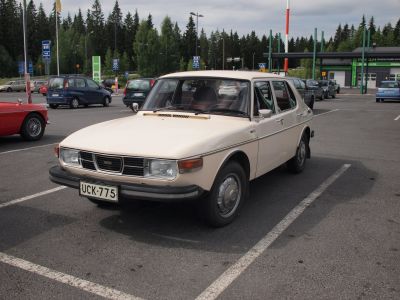
| Production: | 1967-1984 |
|---|---|
| Model Year: | 1968 |
| Length: | 4369-4530 mm172.0-178.3 in |
| Width: | 1680-1690 mm66.1-66.5 in |
| Height: | 1435-1450 mm56.5-57.1 in |
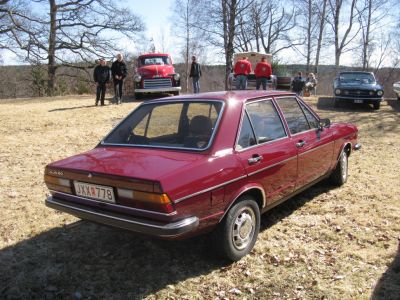
| Production: | 1976-1978 |
|---|---|
| Model Year: | 1976 |
| Length: | 4245 mm167.1 in |
| Width: | 1600 mm63.0 in |
| Height: | 1360 mm53.5 in |
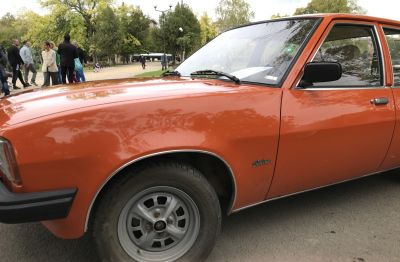
| Model Year: | 1979 |
|---|---|
| Length: | 4321 mm170.1 in |
| Width: | 1670 mm65.7 in |
| Height: | 1380 mm54.3 in |
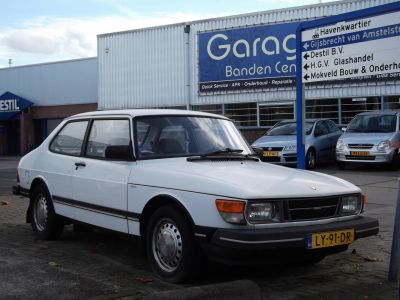
| Production: | 1984-1987 |
|---|---|
| Model Year: | 1985 |
| Length: | 4344 mm171.0 in |
| Width: | 1675 mm65.9 in |
| Height: | 1429 mm56.3 in |
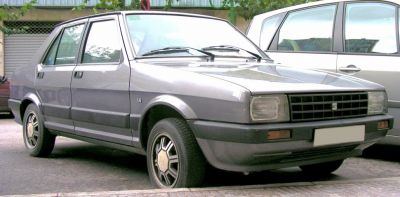
| Production: | 1984-1991 |
|---|---|
| Model Year: | 1985 |
| Length: | 4275 mm168.3 in |
| Width: | 1650 mm65.0 in |
| Height: | 1390 mm54.7 in |
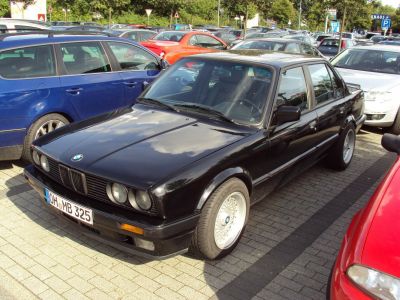
| Production: | 1987-1991 |
|---|---|
| Model Year: | 1987 |
| Length: | 4325 mm170.3 in |
| Width: | 1641-1660 mm64.6-65.4 in |
| Height: | 1360-1400 mm53.5-55.1 in |
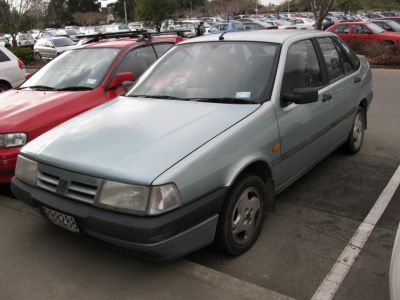
| Production: | 1990-1996 |
|---|---|
| Model Year: | 1990 |
| Length: | 4354 mm171.4 in |
| Width: | 1695 mm66.7 in |
| Height: | 1445 mm56.9 in |

| Production: | 1990-2001 |
|---|---|
| Model Year: | 1990 |
| Length: | 4355 mm171.5 in |
| Width: | 1695 mm66.7 in |
| Height: | 1445 mm56.9 in |
